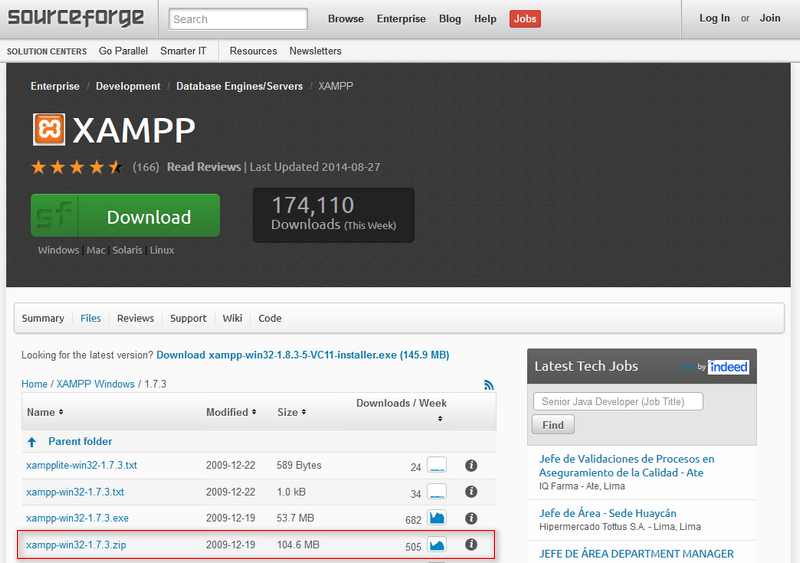

Once you load it, a volume label dialog box will appear in the Format Options. Head to the boot selection and click on SELECT to locate your recently downloaded ISO image of Windows 7.ģ. We selected a 16 GB flash drive for the purpose, but an 8 GB would be enough for a single language Windows 7 setup.Ģ. Launch Rufus and then select the drive in which you want to create the bootable. Copy the files from your USB drive to avoid data lossġ.You can download its portable version to get started. We will use Rufus, a free application tool, to create Windows 7 bootable disk. If that doesn’t help, then try downloading XAMPP again and reinstalling to another folder on your main hard drive.When you have to install Windows 7 on a different or several PCs, it is important to create a bootable disc or drive. If Apache is already installed as a service, it would show in the Services section of the Administrative Tools area of the Control Panel. If you did that (and I do not know if you did), it would mean that Apache is already running as a service. I think that when XAMPP is setup you can choose to install Apache as a service. Other than a program already listening on port 80, I am out of ideas. If you do not see it, that is good because that cannot be the cause of your problem. If you see that line with the State column showing LISTENING, you already have a program listening on that port. Near the top of the output, look for something like this in the Local Address column: 0.0.0.0:80 That will list all active programs listening for connections and the ports they are listening on. When you get your Command Prompt opened, type this command in it: netstat -aon Or you can go to Start Menu -> All Programs -> Accessories -> Command Prompt. In Windows, you can go to Start Menu and in the search box type “cmd”.

Let’s look at what programs are listening on your ports and see if anything is listening on port 80.

The only other possibility I can think of is that there is another programming listening on port 80 and that is preventing Apache from binding on that port and causing it to shutdown immediately. If you installed XAMPP on your main hard drive, disabled your firewall software from interfering with communications (including the built-in Windows Firewall), and allowed XAMPP to run as administrator, it should work unless you made changes to the configuration files.

If you type 127.0.0.1 into your browser’s address bar, do you get anything or just an error message? I am waiting for your reply …still its not working …


 0 kommentar(er)
0 kommentar(er)
